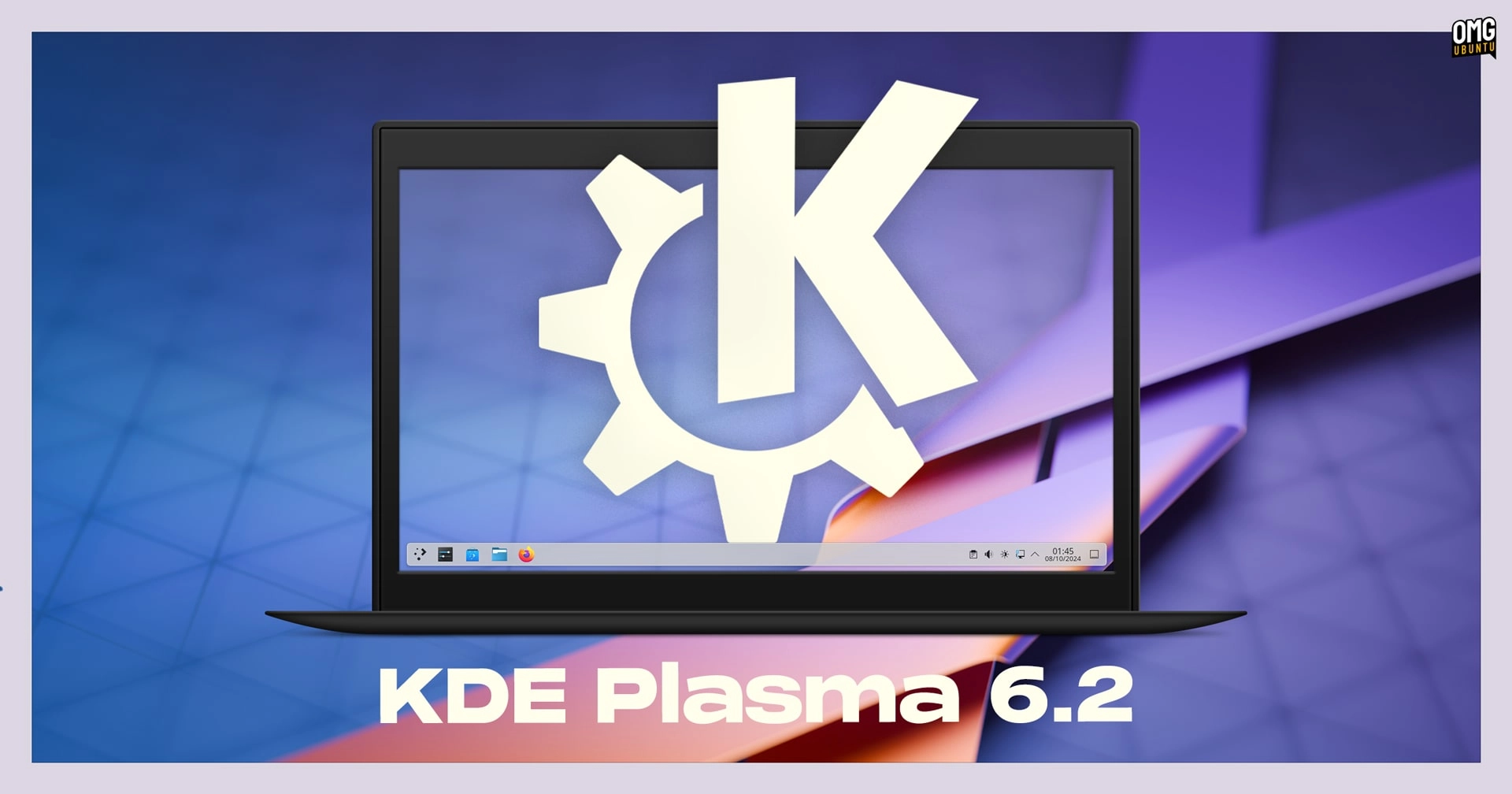A significant update to the KDE Plasma desktop has been launched, bringing a wealth of new features, enhancements, and improvements focused on performance.
KDE Plasma 6.2, the third iteration in the 6.x series, builds upon the groundwork laid by earlier versions released this year, specifically KDE Plasma 6.0 and KDE Plasma 6.1, with the latter being included in the freshly released Kubuntu 24.10.
According to the KDE developers regarding the latest update:
“Plasma 6 has matured significantly over the last two versions. The challenges that accompany a major migration have been resolved, and now it’s time to realize the potential of the new Qt 6 and Wayland technology platforms that form the backbone of Plasma.”
Let’s take a closer look.
KDE Plasma 6.2: Key Features
Creativity
In KDE Plasma 6.2, the support for graphic and drawing tablets has seen significant improvements. The release includes new configuration options, a calibration wizard, a testing mode, and an easy way to reassign stylus and pen button functions to various mouse clicks, enhancing the overall user experience.
If you’re using this version of KDE with a drawing tablet connected, you’ll be pleased to know that the Linux 6.11 kernel now supports several popular and affordable drawing tablets. This means you can take advantage of the new features available in the Drawing Tablet section found within the System Settings utility.
Improved Power Management
For laptop users, KDE Plasma 6.2 introduces enhanced power management controls, offering options to override applications that may prevent the system from entering sleep mode or locking the screen.
Moreover, the default battery applet has been upgraded, allowing users to switch between power profiles – whether it be power save, normal, or performance. A new keyboard shortcut, – super + b – is introduced to easily cycle through these profiles. In power save mode, a leaf icon accompanies the battery icon, while in performance mode, a rocket icon is displayed.
Do you want to manage the brightness of each monitor individually in a multi-display setup? This update allows you to do just that.
Visual Enhancements
Many visual enhancements have been introduced, though many are subtle improvements rather than significant changes.
The most striking change, at least for me, is that the application menu now features symbolic icons for different categories instead of colorful icons. This design choice helps ensure that category icons do not distract from the app icons, which is what most users are typically focused on.
KDE has announced that accent colors have undergone some adjustments, the Widget Explorer has been redesigned, and the appearance and layout of dialog and pop-up windows have been standardized.
Additional Enhancements
Other significant modifications and newly introduced features in KDE Plasma 6.2 comprise:
- Wayland color management protocol is now enabled by default
- Enhanced brightness management for HDR and ICC profiles
- Introduction of a new tone mapping feature in the KWin compositor
- New option to power down the system after completing an offline system update in Discover
- Integration of color blindness filters in Accessibility settings
- Ability to double-click on
.ovpnVPN profile files to set up a new VPN - Sound applet audio devices can now be optionally renamed
- Clipboard widget consistently displays a preview of the image copied to the clipboard
- Put files in
~/Templatesfor easy access from the Create New… context menu
Numerous bug fixes have been included, alongside the standard updates for packages, frameworks, libraries, and tools that accompany any major release. A detailed overview of all changes in KDE Plasma 6.2 is available in the official change-log.
How to Obtain KDE Plasma 6.2
KDE Plasma 6.2 is being rolled out to users of KDE neon (stable edition) starting today. Users of rolling-release Linux distributions can expect the update soon, while those on fixed-release distros (such as Ubuntu) may not receive it automatically, so additional repositories or PPAs might be required.
The source code remains accessible through the KDE website.
